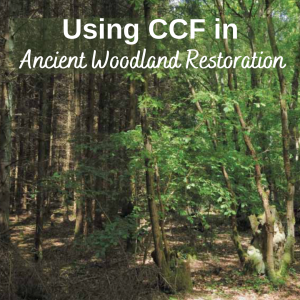Using CCF on Steep Ground and with Big Trees
With Gareth Browning, (Forestry England)
Following our third successful webinar we have now made a recording available on YouTube for anyone that missed it or would like to revisit: VIEW NOW ON YOUTUBE
 Gareth Browning lives with his family in Cockermouth in North West Cumbria and works as a Forester with Forestry England looking after the forests and valleys around Keswick, Cockermouth, and Ennerdale. With over 30 years of working in North Cumbria Gareth has built up much experience in managing forests on steep ground with high public visibility and access to support multiple public benefits. He has experimented with using Continuous Cover techniques on steep ground and with large trees and multi storeys since the mid 1990’s.
Gareth Browning lives with his family in Cockermouth in North West Cumbria and works as a Forester with Forestry England looking after the forests and valleys around Keswick, Cockermouth, and Ennerdale. With over 30 years of working in North Cumbria Gareth has built up much experience in managing forests on steep ground with high public visibility and access to support multiple public benefits. He has experimented with using Continuous Cover techniques on steep ground and with large trees and multi storeys since the mid 1990’s.
In addition to his expertise in Continuous Cover Forestry Gareth is a founding partner in Wild Ennerdale, a leading landscape scale rewilding partnership where he has developed expertise in natural process led nature recovery.
Out of his role as a forester Gareth enjoys biking, kayaking, travel and photography and is part of the Leadership team of Christ Church in Cockermouth.
Please contact Michelle at administrator@ccfg.org.uk if you have any questions.
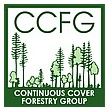

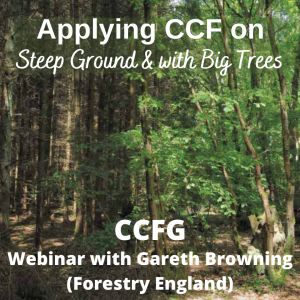

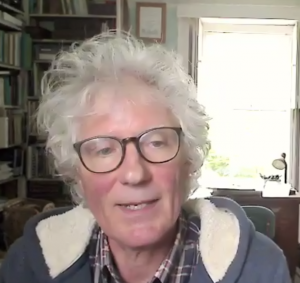 Phil Morgan is one of the leading British experts in continuous cover forestry. He is a director of both Sustainable Forest Management and SelectFor and has been a Fellow of the ICF since 2003. During his career he has worked in the Far East, Europe and North America. He now lives in Wales where his efforts are focused on the transformation of upland coniferous plantations to highly productive mixed continuous cover forests.
Phil Morgan is one of the leading British experts in continuous cover forestry. He is a director of both Sustainable Forest Management and SelectFor and has been a Fellow of the ICF since 2003. During his career he has worked in the Far East, Europe and North America. He now lives in Wales where his efforts are focused on the transformation of upland coniferous plantations to highly productive mixed continuous cover forests. 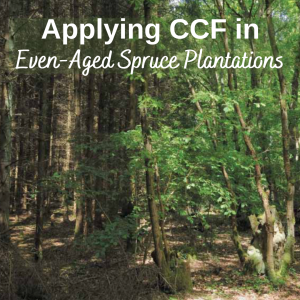

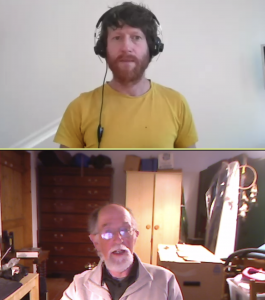 Adam works for Coed Cadw (The Woodland Trust Wales) as a Woodland Outreach Advisor. His core work is to collaborate with woodland owners in order to bring Planted Ancient Woodland Sites (PAWS) into management. Where possible this involves transformation to an irregular forest structure and he has found that the objectives of restoration often work in parallel with those of transformation. He is part of the team managing Allt Boeth in the Rheidol valley, where CCF is being used to gradually restore a 22 hectare PAWS to native broadleaves.
Adam works for Coed Cadw (The Woodland Trust Wales) as a Woodland Outreach Advisor. His core work is to collaborate with woodland owners in order to bring Planted Ancient Woodland Sites (PAWS) into management. Where possible this involves transformation to an irregular forest structure and he has found that the objectives of restoration often work in parallel with those of transformation. He is part of the team managing Allt Boeth in the Rheidol valley, where CCF is being used to gradually restore a 22 hectare PAWS to native broadleaves.